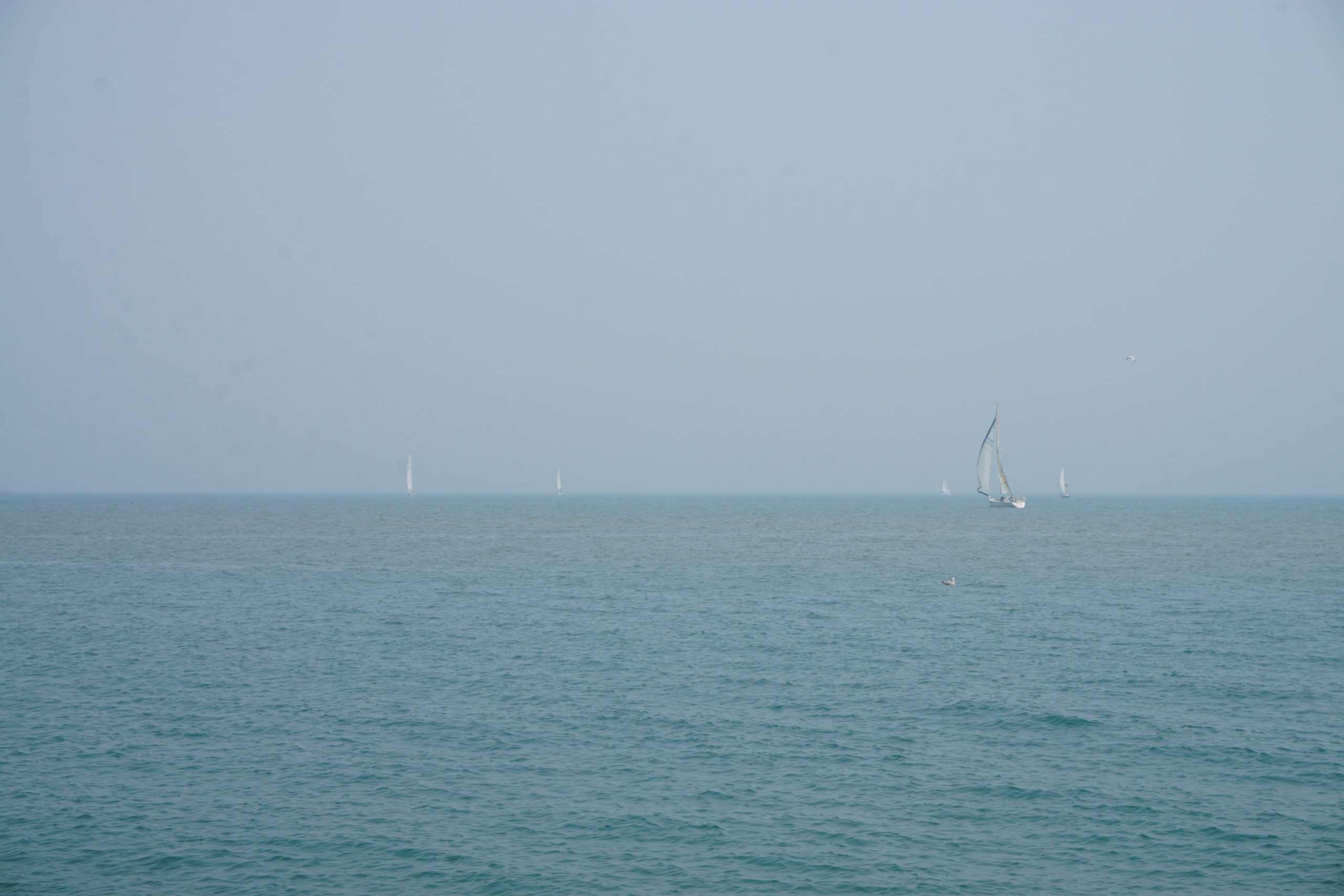Yes, most Lake Michigan salmon, specifically Chinook salmon, die after spawning as part of their natural life cycle. This is a common occurrence for Pacific salmon species, including the Chinook salmon that are the primary salmon species found in Lake Michigan.
Chinook Salmon Spawning Cycle in Lake Michigan

The spawning cycle of Chinook salmon in Lake Michigan begins in the fall when mature fish migrate up the rivers and streams that feed into the lake. During this time, the males and females engage in a courtship ritual, with the males fighting for the right to fertilize the females’ eggs. The females then lay their eggs in shallow depressions in the riverbed, known as redds, and the males fertilize them. After the eggs are laid, the adult fish will die, marking the end of their life cycle.
Post-Spawning Survival Rates

While most Chinook salmon die after spawning, a small percentage of Atlantic salmon, which are also present in Lake Michigan, can survive and spawn multiple times. This is known as “double spawning.” However, this phenomenon is rare and not typical of Pacific salmon species like Chinook.
Factors Affecting Salmon Survival After Spawning
Several factors can affect the survival rate of salmon after spawning, including environmental conditions, habitat quality, and the availability of food. For example, the presence of invasive species like zebra mussels can impact the food supply and habitat quality, leading to reduced survival rates.
Conservation Efforts for Lake Michigan Salmon
Conservation efforts, such as the Salmon Ambassadors program, are in place to monitor and manage the salmon population in Lake Michigan. This program involves charter captains and sport anglers reporting on their catches to determine the percentage of wild and hatchery-raised fish and to assess their physical condition.
Conclusion
In summary, most Lake Michigan salmon, specifically Chinook salmon, die after spawning as part of their natural life cycle. While some Atlantic salmon may survive and spawn multiple times, this is not typical of Pacific salmon species. Factors such as environmental conditions and habitat quality can impact survival rates, and conservation efforts are necessary to manage and protect the salmon population in Lake Michigan.
References:
– The Life Cycle of Chinook Salmon in Lake Michigan
– Lake Michigan Mega Kings: A Fad or the Future?
– Atlantic Salmon in Lake Michigan
– Lake Michigan’s Chinook Salmon: Wild
– What is the post-spawn survival rate for salmon?
